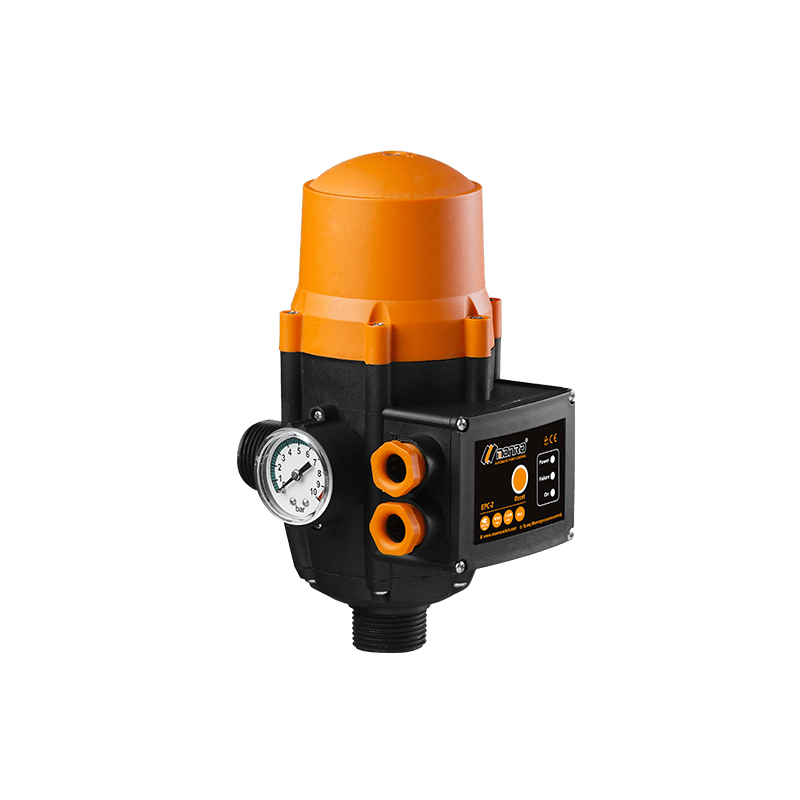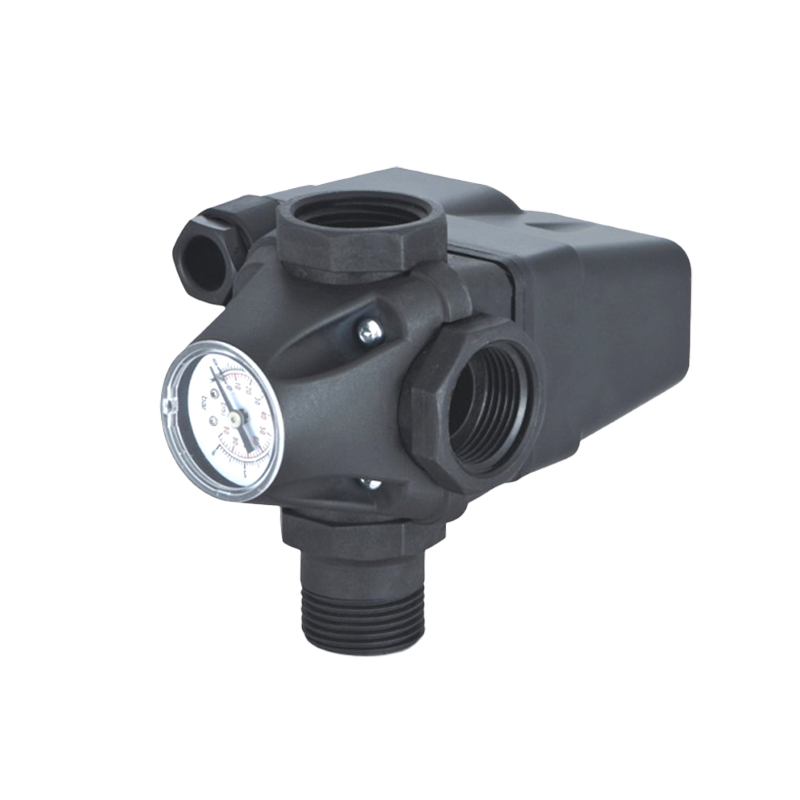Don't hesitate to send a message
Web Menu
Product Search
Exit Menu
The Working Principles and Applications of Automatic Water Tank Pump Controllers
Automatic water tank motor controllers and automatic water tank pump controllers are essential components in various water management systems. These devices play a crucial role in maintaining good water levels, ensuring efficient water supply, and preventing water-related issues.
Working Principle of Automatic Water Tank Motor Controllers
An automatic water tank motor controller is a device that regulates the operation of a motor connected to a water pump. The primary function of this controller is to start and stop the motor based on the water level in the tank. Here's how it works:
1. The controller is connected to a float switch or a pressure sensor that monitors the water level in the tank.
2. When the water level drops below a predetermined threshold, the float switch or pressure sensor sends a signal to the controller.
3. The controller then activates the motor, which in turn starts the water pump.
4. As the water level in the tank rises, the float switch or pressure sensor detects the change and sends a signal to the controller.
5. The controller stops the motor, and the water pump ceases operation.
Working Principle of Automatic Water Tank Pump Controllers
An automatic water tank pump controller is similar to a motor controller but is specifically designed for water pumps. The primary function of this controller is to regulate the operation of the water pump based on the water level in the tank. Here's how it works:
1. The controller is connected to a float switch, pressure sensor, or a level sensor that monitors the water level in the tank.
2. When the water level drops below a predetermined threshold, the sensor sends a signal to the controller.
3. The controller activates the water pump, which starts pumping water into the tank.
4. As the water level in the tank rises, the sensor detects the change and sends a signal to the controller.
5. The controller deactivates the water pump, and the pumping operation ceases.
Applications of Automatic Water Tank Motor Controllers and Automatic Water Tank Pump Controllers
1. Domestic Water Supply: In residential areas, automatic water tank motor controllers and pump controllers are used to maintain a constant water supply. They ensure that the water tank is always filled to the desired level, preventing water shortages and ensuring a continuous supply of water for daily use.
2. Agricultural Irrigation: In agriculture, these controllers are used to manage water supply for irrigation systems. They help maintain good water levels in irrigation tanks, ensuring a consistent water supply for crops and preventing overwatering or underwatering.
3. Industrial Processes: In the industrial sector, automatic water tank motor controllers and pump controllers are used to manage water supply for various processes, such as cooling systems, boiler feedwater, and manufacturing processes. They help maintain the required water levels, ensuring efficient and reliable operations.
4. Fire Protection Systems: In commercial and residential buildings, these controllers are used in fire protection systems to maintain water levels in fire hydrants and sprinkler systems. They ensure that there is always an adequate water supply in case of a fire emergency.
5. Water Treatment Plants: Automatic water tank motor controllers and pump controllers are used in water treatment plants to manage water levels in storage tanks and regulate the flow of water through the treatment process.
Automatic water tank motor controllers and automatic water tank pump controllers are versatile and essential components in various water management systems. Their ability to regulate water levels and flow based on demand makes them suitable for a wide range of applications, from domestic water supply to industrial processes.
-
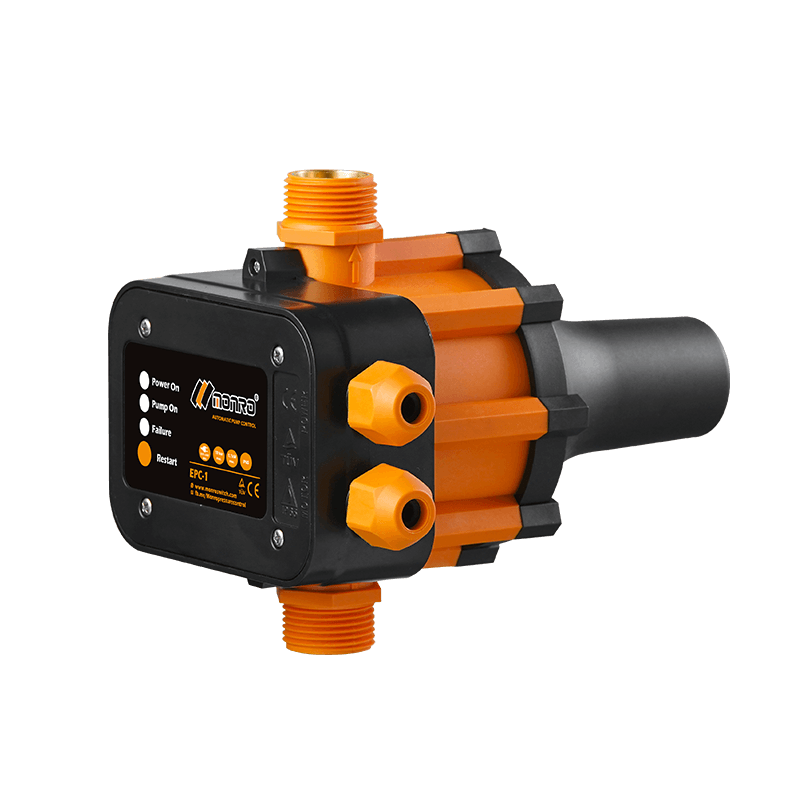 EPC-1
EPC-1Monro EPC-1 model pump controller is the classic and basic type, was loved by user in the global mar...
-
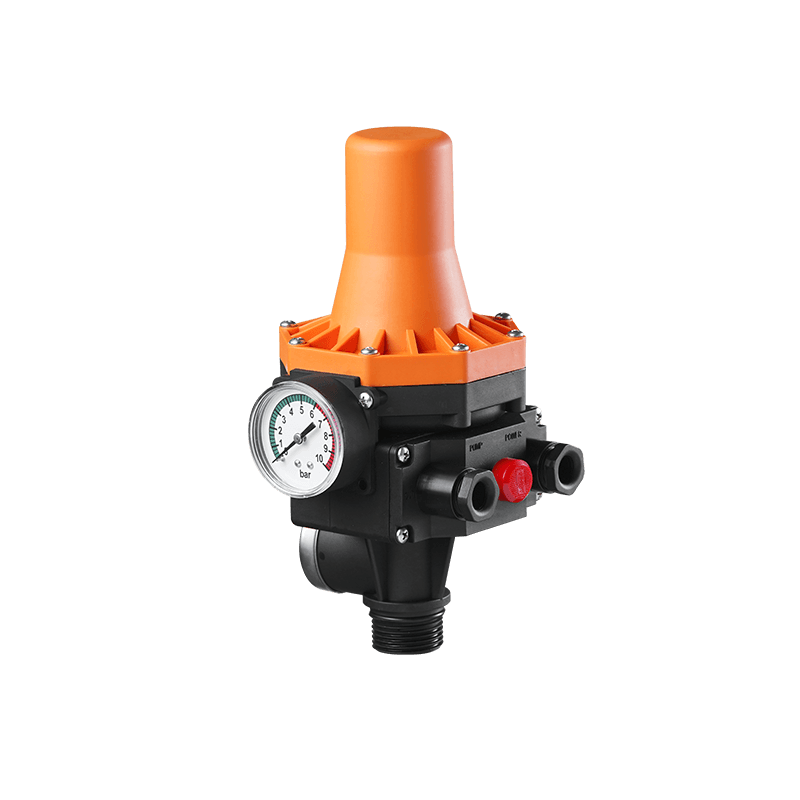 EPC-3
EPC-3Monro EPC-3 spain design auto on and off press control, an intelligent and economical system designe...
-
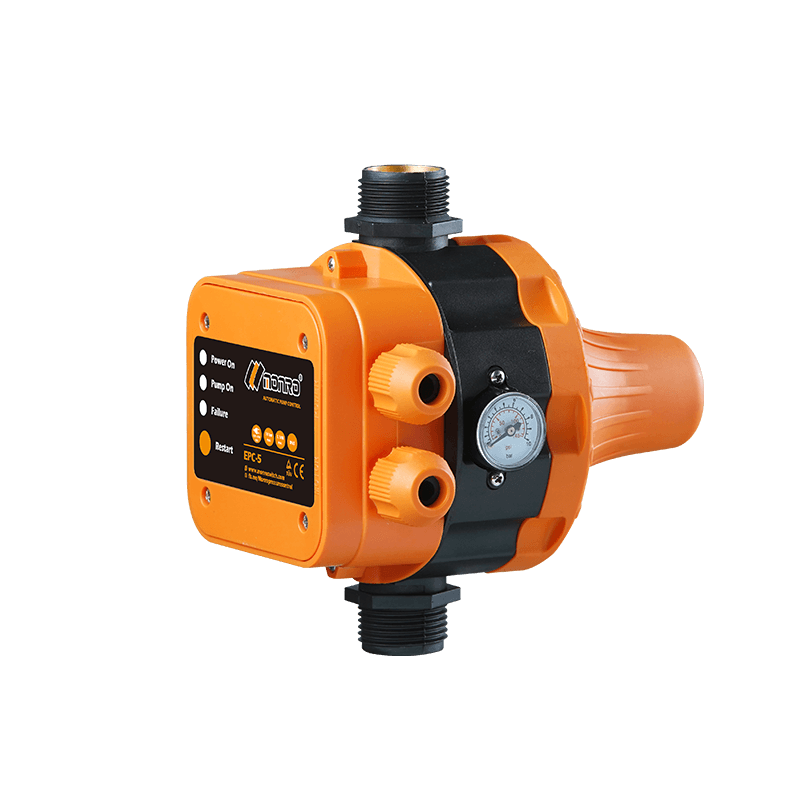 EPC-5
EPC-5Monro EPC-5 model automatic pump control, a device which assembled on the water pump (recommended si...
-
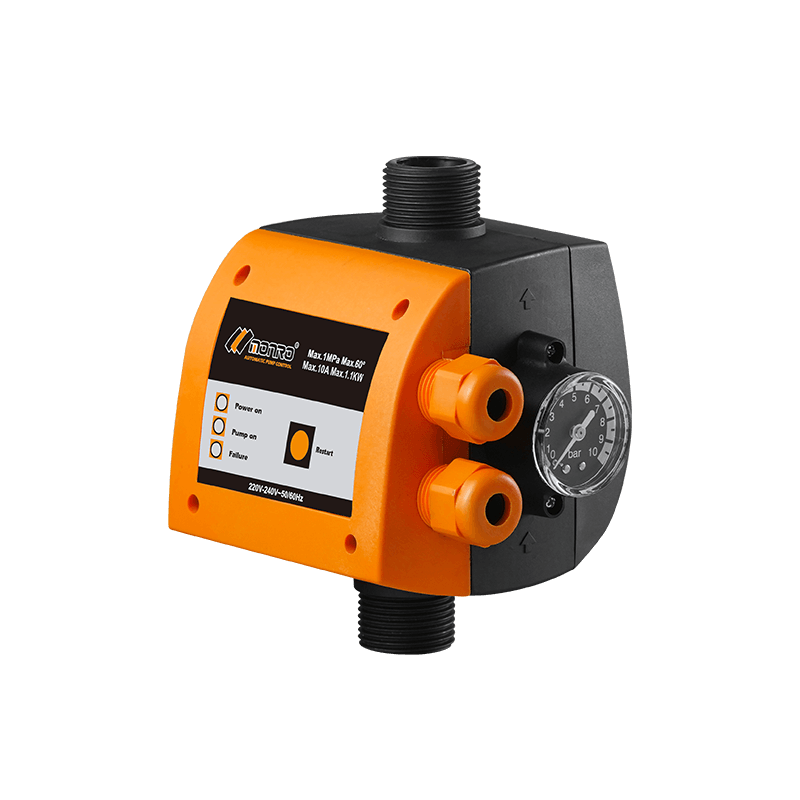 EPC-9
EPC-9Monro EPC-9 model pressure controller, is a big power device for automatic control and protection of...
-
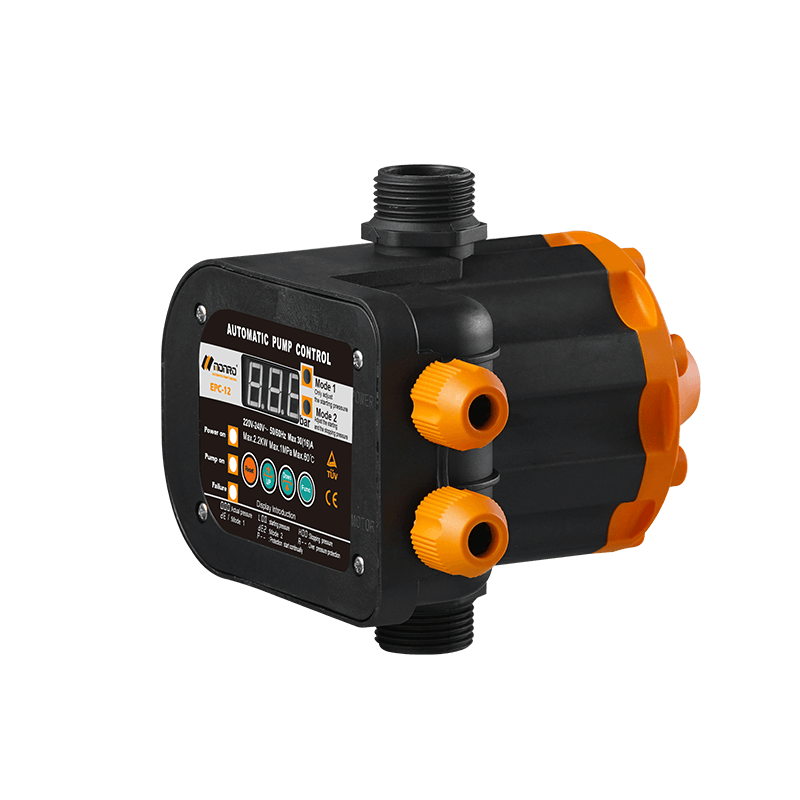 EPC-12
EPC-12Monro EPC-12 smart top-level automatic pump control is a multi-function model combined with traditio...
-
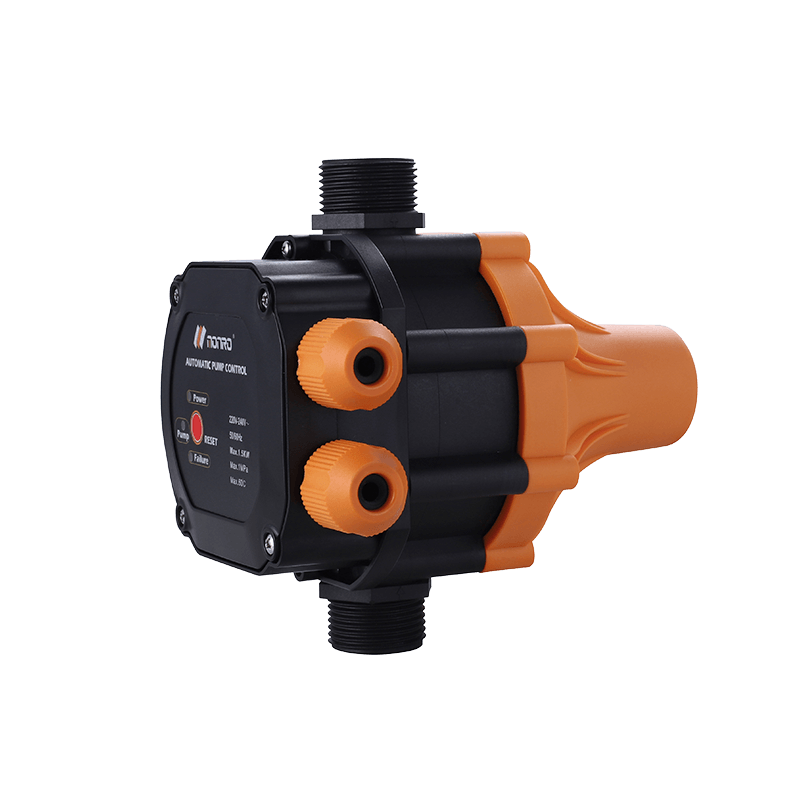 EPC-14
EPC-14Monro EPC-14 model pressure control is a big power device for automatic control and protection of el...
-
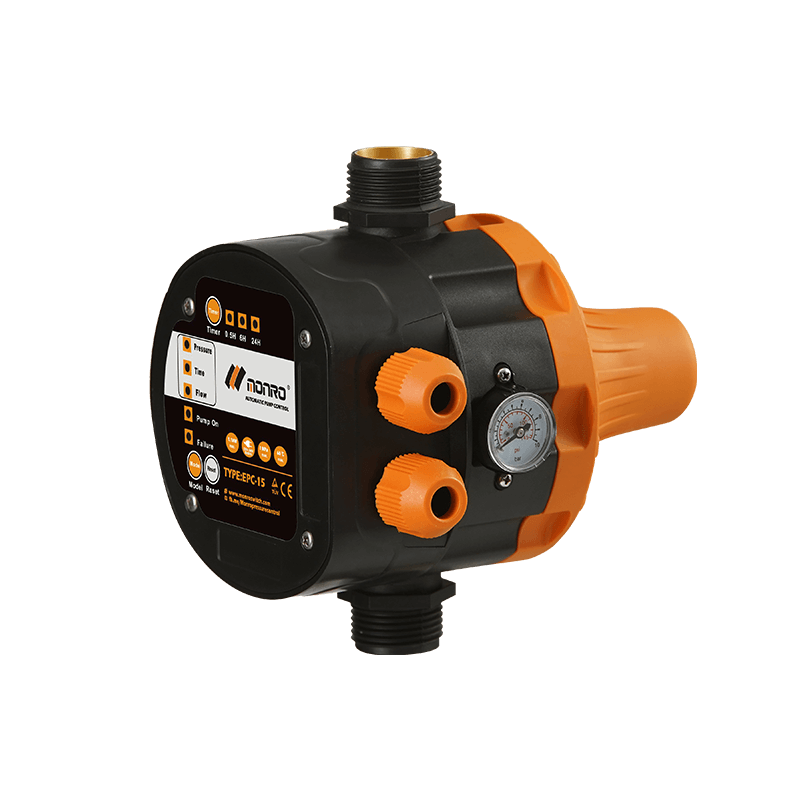 EPC-15
EPC-15Monro EPC-15 model automatic pump control, a device which assembled on the water pump (recommended s...
-
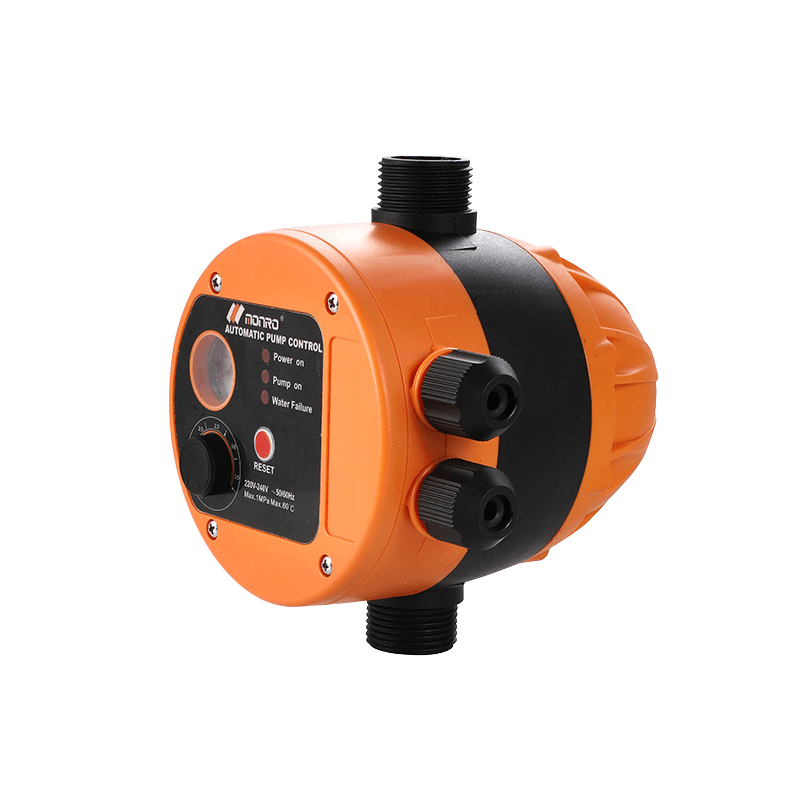 EPC-16
EPC-16EPC-16 is the new patent pump controller by Monro. Its key highlight is tooless (manual knob) start...
find our office
Committed to providing professional pressure control solutions for various types of water pumps and air compressors.

 简体中文
简体中文 English
English Español
Español